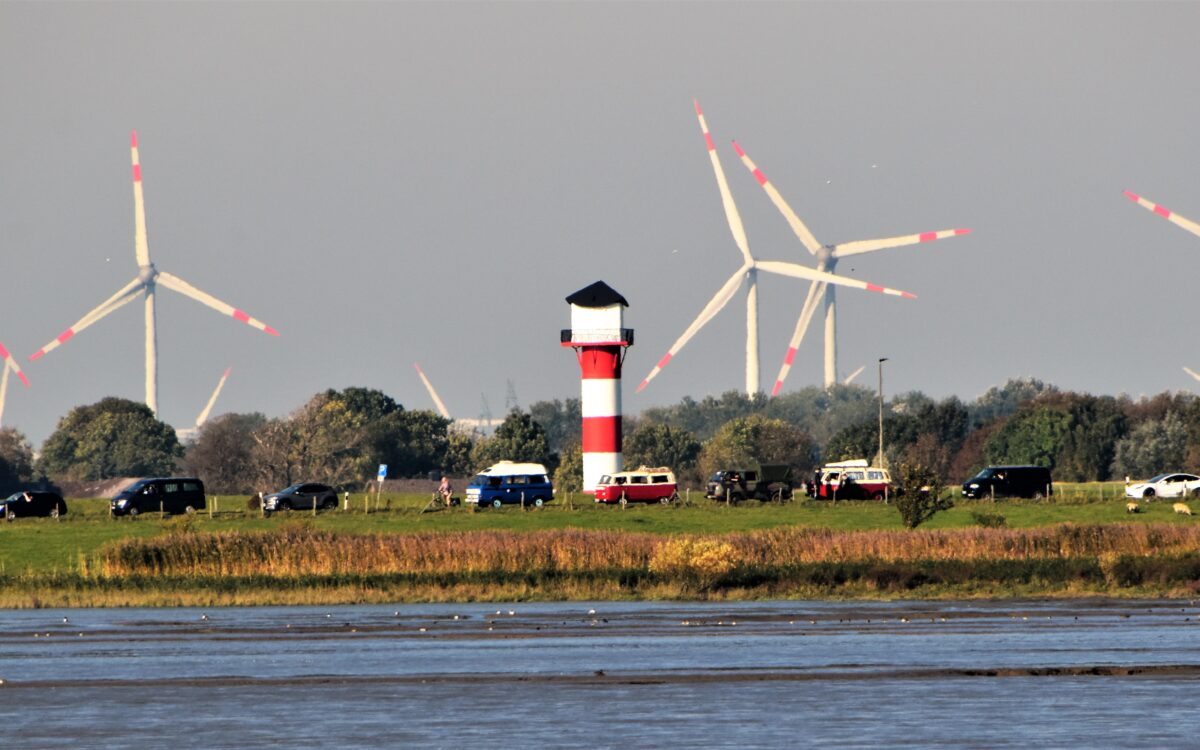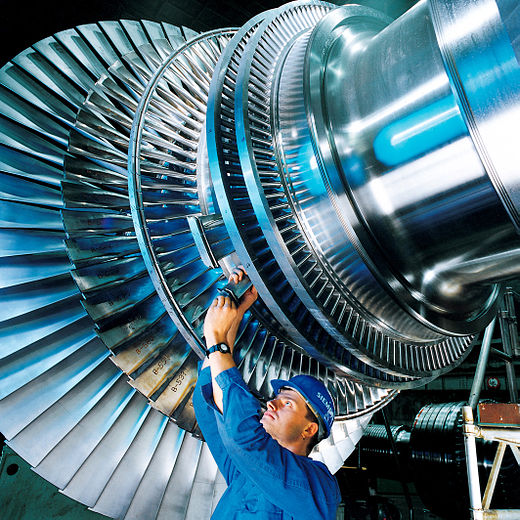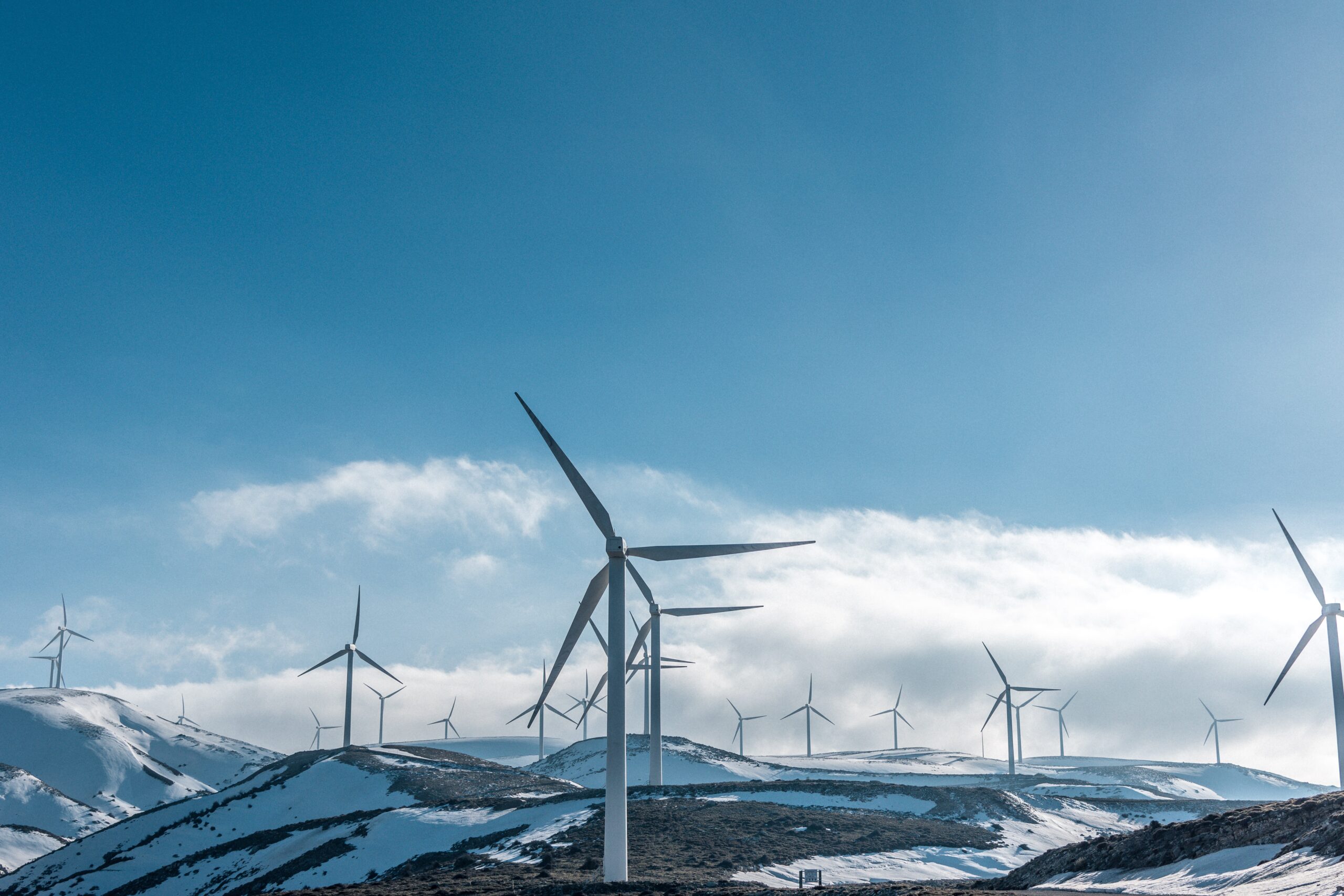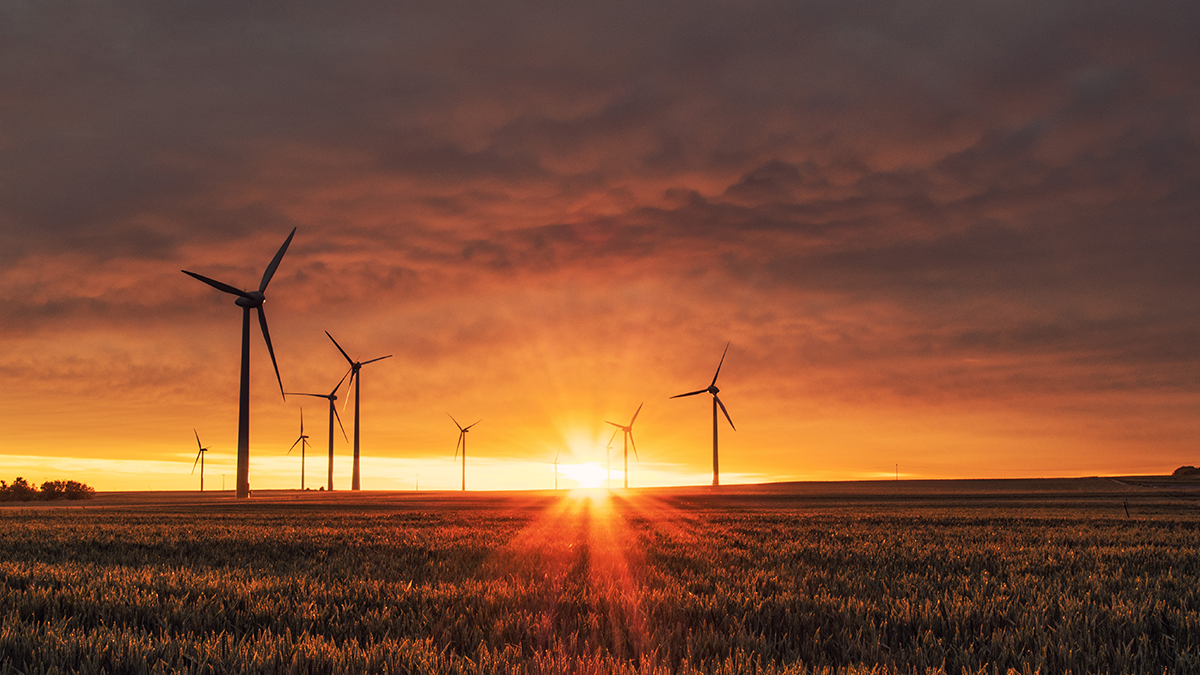Wind power is one of the most promising sources of renewable energy, offering a clean, affordable, and plentiful alternative to traditional fossil fuels. Despite its numerous benefits, however, the wind power industry faces a number of challenges that threaten to slow its growth and limit its potential. In this article, we will examine two of the most significant challenges facing the wind power industry today: regulatory hurdles and public perceptions.
Regulatory Hurdles
One of the biggest challenges facing the wind power industry is the regulatory environment, which can be complex and confusing, and often creates obstacles that slow down the development and deployment of new wind energy projects. Some of the key regulatory hurdles that the wind power industry faces include:
These regulatory hurdles can create significant delays and costs for wind energy projects, and may discourage investment in the wind power industry. In order to overcome these challenges, the wind power industry needs strong and effective regulations that provide clear and consistent guidelines for the development and deployment of wind energy projects.
Public Perceptions
Another significant challenge facing the wind power industry is public perception, which can play a major role in shaping the industry’s future. While many people are supportive of wind power, others have concerns about its potential impact on the environment, wildlife, and property values. Some of the key public perceptions that are affecting the wind power industry include:
To overcome these public perceptions, the wind power industry needs to communicate effectively with the public and address their concerns. This may involve educating the public about the benefits of wind power, mitigating the environmental impact of wind energy projects, and working with local communities to ensure that wind energy projects are compatible with their needs and values.
Conclusion
The wind power industry faces a number of significant challenges that threaten to slow its growth and limit its potential. These challenges include regulatory hurdles and public perceptions, both of which require the industry to take proactive steps to overcome them. By addressing these challenges, the wind power industry can continue to grow and contribute to the transition to a more sustainable and clean energy future.




